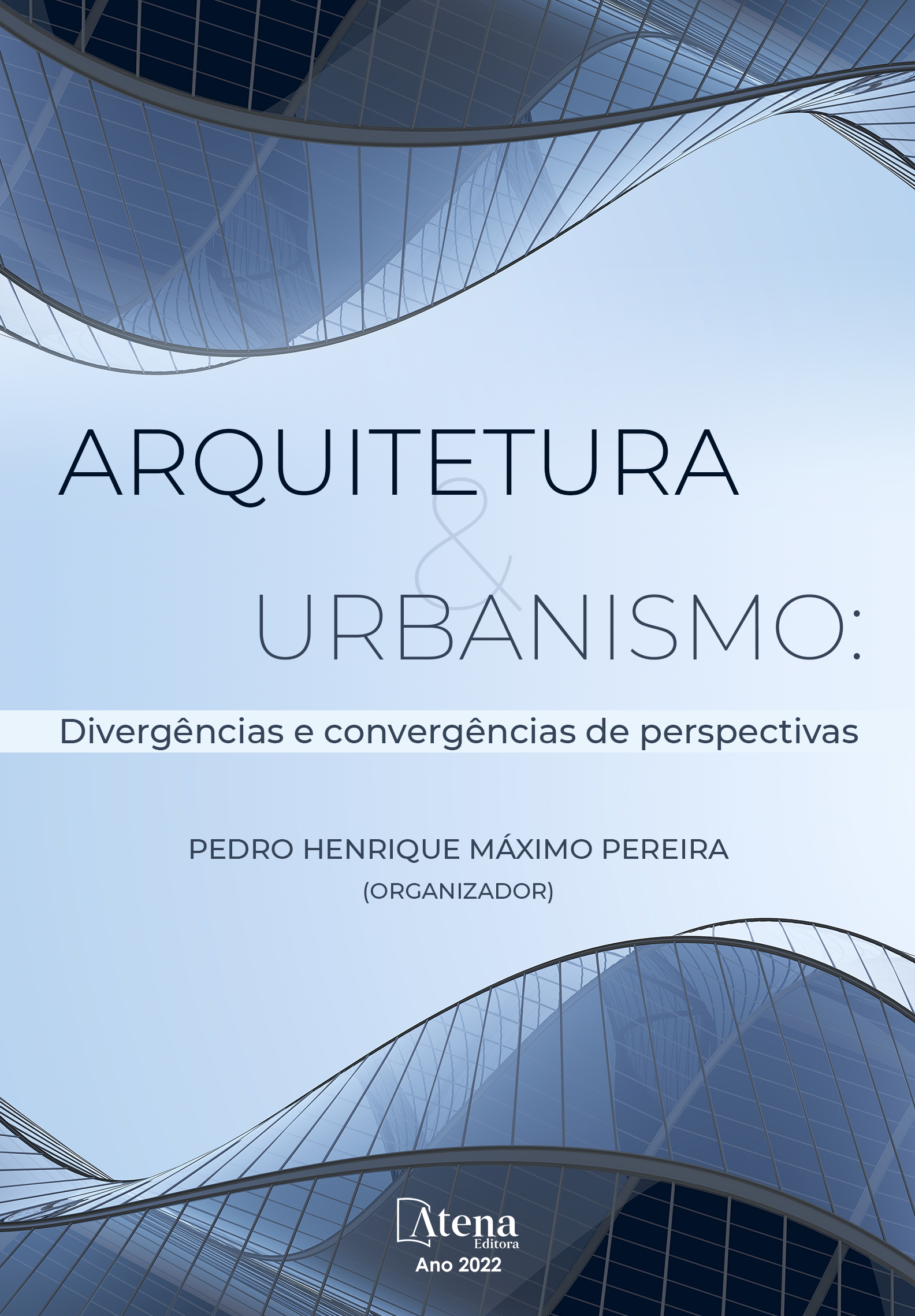
LA FORMA DE LA CIUDAD ES SIEMPRE LA FORMA DE UN TIEMPO DE LA CIUDAD
El objetivo de este artículo: La ciudad objeto de estudio, Matosinhos, Oporto, es entendida como una arquitectura. Arquitectura no solo en la imagen visible de la ciudad, en el conjunto edificado y en sus espacios públicos, sino arquitectura como construcción, la construcción de la ciudad en el tiempo. La forma de la ciudad es siempre la forma de un tiempo de la ciudad, y existen diversos tiempos que se han investigado.
Este trabajo ofrece también la posibilidad de identificar determinados modelos de ciudad en la ciudad construida, a pesar de reconocer que la ciudad es el resultado de superposiciones o yuxtaposiciones de modelos urbanos. Tres planos de urbanización en la transformación urbana de Matosinhos, constituye un punto de partida en la interpretación operativa de los hechos urbanos. Analizar en cada plano el concepto de identidad que se ha traducido en proyecto de ciudad y compararlo con un modelo de ciudad (re)conocido en la concepción de los diversos planos, así como el enfrentamiento en la realidad en la que se ha transformado, es decir, la ciudad planeada y su (no) identidad en la ciudad construida.
No se pretende la definición, caracterización y clasificación de todos los elementos de una determinada realidad urbana, aunque sí encontrar un criterio y una estrategia de abordaje que, por un lado, identifiquen dominancias en las relaciones entre esos elementos. Se trata de identificar permanencias y transformaciones que sinteticen un determinado fenómeno urbano.
LA FORMA DE LA CIUDAD ES SIEMPRE LA FORMA DE UN TIEMPO DE LA CIUDAD
-
DOI: 10.22533/at.ed.1792227041
-
Palavras-chave: ciudad e arquitetura, forma urbana, tempo, plano, modelo, Matosinhos
-
Keywords: city and architecture, urban form, time, plane, model, Matosinhos
-
Abstract:
The objective of this article: The city under study, Matosinhos, Oporto, is understood as an architecture. Architecture not only in the visible image of the city, in the built-up area and in its public spaces, but architecture as construction, the construction of the city in time. The shape of the city is always the form of a city time, and there are various times that have been investigated. This work also offers the possibility of identifying certain city models in the built city, despite recognizing that the city is the result of superpositions or juxtapositions of urban models. Three urbanization plans in the urban transformation of Matosinhos, constitutes a starting point in the operational interpretation of urban events. Analyze in each plane the concept of identity that has been translated into a city project and compare it with a city model (re)known in the conception of the different planes, as well as the confrontation in the reality in which it has been transformed, this means, the planned city and its (not) identity in the built city. The definition, characterization and classification of all the elements of a certain urban reality is not intended, although it does find a criterion and a strategy of approach that, on the one hand, identify dominances in the relationships between these elements. It is about identifying permanences and transformations that synthesize a certain urban phenomenon.
-
Número de páginas: 12
- Luísa Maria Dias Valente


